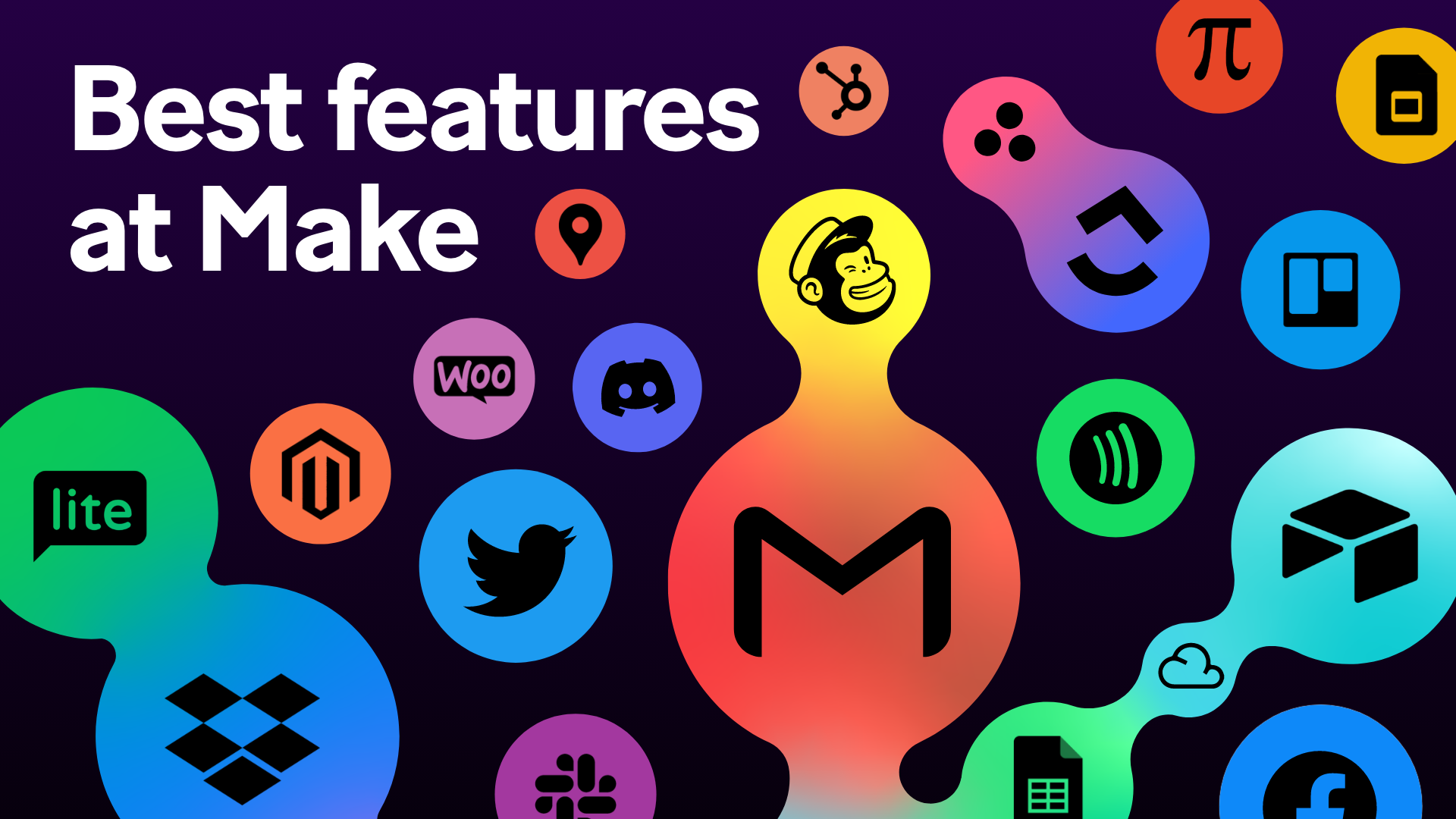Powered by ElevenLabs
🎧 This audio was generated with ElevenLabs. Want to try it yourself?
👉 Start free here
If you’ve ever felt overwhelmed trying to automate your business, it’s probably because most tools make you work around their limitations. They offer surface-level integrations, cap you on workflow complexity, or hide the best features behind a bloated pricing tier.
Make.com flips that narrative.
It doesn’t just give you tools—it gives you freedom. From the first time I used Make, it was clear: this is the automation platform built for creators, founders, operators, and systems thinkers who want to design real infrastructure without writing code.
In this post, I’ll walk you through the most powerful features at Make.com and how I plan to use (or already use) each one inside my own brand, D3X T3CH.
1. The Visual Scenario Builder
Let’s start with the most obvious (and addictive) one:
Make.com’s drag-and-drop scenario builder gives you a literal bird’s-eye view of your workflow logic. No hidden steps. No nested text menus. You can:
- Map out every integration visually
- Follow the logic with labeled modules
- Add conditions, filters, and branching logic with clicks
Whether you’re a visual learner or just sick of black-box automations that break without explanation, this interface alone will win you over.
I use it to build blog automation scenarios and social media syndication flows without any guesswork.
2. Custom Filters, Routers, and Error Handlers
Other platforms charge extra for “advanced” logic. Make bakes it right in:
- Filters let you control when a module runs based on custom conditions
- Routers allow branching paths (great for multi-step logic)
- Error Handlers catch broken steps and respond with fallback actions
This means I can build workflows like:
“If a new blog is published, post it to Twitter only if it’s tagged under marketing, otherwise send it to LinkedIn. If the post fails, notify me in Slack.”
That kind of nuanced control is a game-changer for running lean.
3. Built-In Scheduling & Triggers
You can run any scenario:
- On demand (manually)
- On a schedule (every hour, day, week, etc.)
- Based on a webhook trigger (e.g., form submission)
- When data changes in a watched app (e.g., new row in Google Sheets)
This allows me to:
- Run a content batching process every Friday
- Trigger email cleanup when unsubscribes come in
- Push daily KPI summaries into Slack every morning
Basically, if there’s a time, a trigger, or an action in your business—Make can automate it.
4. 1,500+ App Integrations + HTTP Support
Make has native integrations for everything I actually use:
- Notion
- WordPress
- Google Drive & Docs
- Gmail, Sheets, and Calendar
- Slack, Discord, Telegram
- Facebook, LinkedIn, and Instagram
But the real magic is that if an app isn’t listed? You can still integrate it using the HTTP module and any open API.
This turns Make into a universal translator. No need to wait for someone else to build a native integration.
5. Data Stores and Variables
Sometimes you need automation to be more than just a “send and forget” system.
With Data Stores, Make lets you store key information (like user preferences, product details, or process states) and reference it later in your workflows.
And with variables and text parsing, you can:
- Extract part of a string
- Format dates and numbers
- Construct dynamic messages or filenames
For example:
“Save all invoices in a folder named
{{client_name}}_{{month}}_invoices”
That level of customization without code? That’s rare.
6. Scenario Templates (Clone & Customize)
Not sure where to start? Make has a massive library of pre-built templates:
- Sync Notion with Google Sheets
- Post to Instagram when you publish a blog
- Convert form submissions to CRM leads
I recommend cloning a few and studying how they work. It speeds up your learning curve and gives you inspiration for your own systems.
I personally cloned a blog > WordPress > Slack > social media stack as my first scenario.
7. Execution History and Logs
Make gives you granular control over scenario debugging.
- You can see every step that ran (or failed)
- See real-time data inputs/outputs
- Click into modules to explore variables
That makes troubleshooting frictionless. When something doesn’t go as planned, you don’t panic—you diagnose it in seconds.
This alone has saved me hours I used to waste chasing down “Why didn’t this run?” errors in other platforms.
8. Real-Time Collaboration + Scenario Comments
When you start building automations for clients or with a team, you’ll love this:
- Add comments to modules
- Collaborate on scenarios
- Share logic without having to explain it 20 different times
This makes it a real tool for agencies, freelancers, and operations-minded founders who want to systematize knowledge, not just tasks.
Final Thoughts: This Platform Was Built Different
Make doesn’t just automate tasks. It redefines how you think about automation.
It gives you:
- Visual clarity
- Technical depth
- Total control over your logic
- And the tools to scale your backend without friction
For D3X T3CH, Make is now part of our daily operating system. From blog publishing to client project management and future scenario packages, this is the platform I trust to scale with me.
👉 Try Make.com free here and start experimenting with the features that actually move your business forward.
No limits. No fluff. Just real automation power in your hands.





